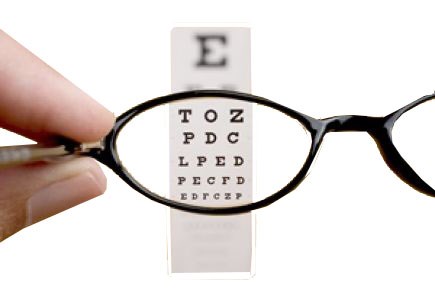 Normal Eye
Normal Eye
80% of the light reflected from an object is refracted through the cornea (transparent layer), while 20% is refracted through the lens and focused on a single point on the retina (nerve layer). Signals received from the retina are transmitted via the optic nerve to the brain to form an image. This journey of light within the eye is called refraction. If the light is not properly focused on the retina, refractive errors such as myopia, hyperopia, or astigmatism occur, resulting in a loss of visual clarity.
Myopic Eye
If the eye's front-to-back length, corneal refractive power, or both are greater than normal, the images of objects are formed in front of the retina. Myopic individuals can see nearby objects clearly but have blurred vision for distant objects.
Causes:
Genetic: If one or both parents have myopia, the likelihood of myopia developing in the child increases.
Stress: Myopia can occur in individuals experiencing visual stress, such as those who engage in prolonged reading, intensive computer use, or close-up work.
Accompanied by Disease: Myopia may develop later in life in individuals with conditions like diabetes or cataracts.
Pseudo-Myopia: Myopia may develop due to the inability of the ciliary muscles in the eye to fully relax as a result of stress, fatigue, or excessive strain. This condition can last for a few days or even years. During an eye examination, dilating the pupils and temporarily paralyzing the ciliary muscles can help distinguish between true and pseudo-myopia.
Degenerative Myopia - Malignant Myopia
In some patients with high degrees of myopia, the problem is not limited to corrective lens prescriptions. Normal myopia generally does not exceed 7 diopters, stabilizes around the age of 18-20, visual acuity is good, and the retina is healthy. However, malignant myopia progresses regardless of age, with prescriptions reaching 10-30 diopters or higher. Additionally, pathological changes in the retina, thinning, and damage to the optic nerve and macula can cause severely reduced vision in such patients.